NPS
What is Product NPS® (pNPS®)? The Ultimate Guide
Article written by Kate Williams
Content Marketer at SurveySparrow
13 min read
19 September 2025

Net Promoter ScoreSM is a widely used metric to measure customer satisfaction and loyalty. But what is product NPS® or pNPS®?
Like employee NPS® (eNPS®) – product NPS® (pNPS®) focuses solely on products.
At the end of this, you will understand –
- What is pNPS®?
- Why is it important?
- How to calculate it?
- How can product managers benefit from pNPS®?
- How to create a product NPS® survey?
- The Best tool for product NPS® survey
So, without further ado, let’s get going.
What is pNPS® or Product NPS®?
Product NPS® or pNPS® solely focuses on measuring customer loyalty and satisfaction level of specific products.
The NPS® question here is the same – “On a scale of 0-10, How likely are you to recommend our product to a friend and family member?”
Just as in NPS®, based on the feedback, the respondents (customers) will be categorized into promoters, detractors, and passives. The only difference is that the calculated NPS® directly measures the loyalty and satisfaction level of your product users.
Take a look at the following product feedback survey template to get a better idea of the concept.
Product NPS® Survey Template
Use This TemplateWhy Should SaaS Companies Consider Product NPS®?
The SaaS market is skyrocketing, which means the competition will be higher than ever. So, to make sure that your product stays atop or apart in the market, you have to provide a top-class product experience. That’s where product NPS® comes into play.
The following are some key reasons why SaaS companies should consider measuring the NPS® of their products.
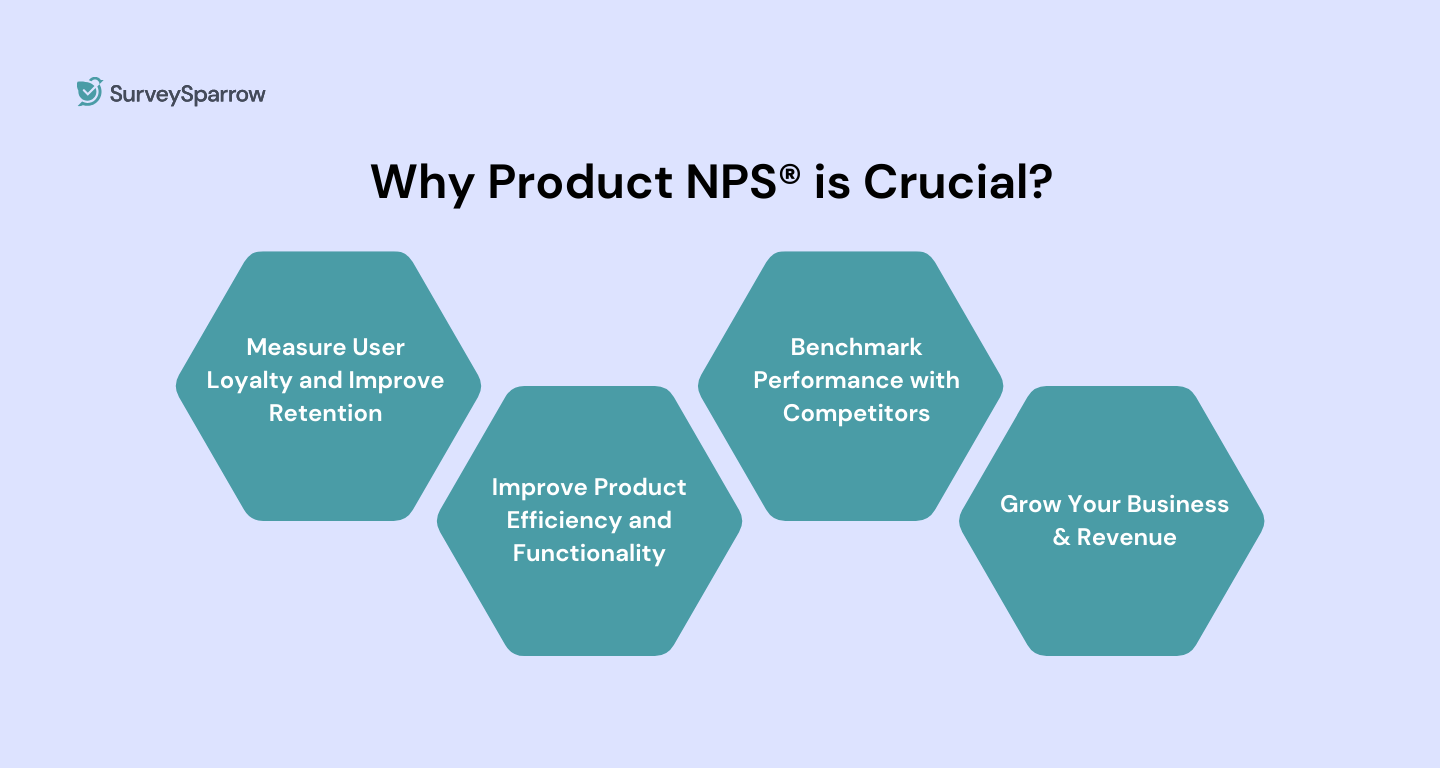
Reason 1 – Measure User Loyalty and Improve Retention
User or customer loyalty is crucial for SaaS companies, as their success mainly depends on recurring revenue. Product NPS® helps you identify loyal (promoters) and disloyal users (detractors). This way, you can know how many will stay (or churn).
Thank the promoters and encourage them to share their thoughts with others. At the same time, they instantly connect with the detractors and resolve the issues they experienced. This can potentially convert them into loyal customers.
Here’s something to help you convert detractors to promoters.
Reason 2 – Improve Your Product Efficiency and Functionality
In most cases, most products focus on providing a solution to the problem faced by customers. But now, it’s not enough. You have to go beyond – an extra mile.
Now, it’s all about experience.
You can acquire just that by asking proper follow-up questions during pNPS® surveys. Making improvements based on user feedback can make your product more user-centric. Not to mention the new opportunities you can explore. All these can enhance the overall product experience.
Reason 3 – Benchmark Performance with Your Competitors
Product NPS® score can give you a clear idea of where you stand with respect to your competitors. Regular measurement of pNPS® allows you to track customer loyalty improvement. Moreover, you can set measurable goals for product development and customer support teams.
Reason 4 – Grow Your Business (and Revenue)
If you regularly measure pNPS® scores and work on improving your product, you can see a higher score. A high product NPS® score means increased customer loyalty, lower churn, and higher customer lifetime value, which in turn leads to repeat business and more revenue.
Another plus point is attracting investors. If you are starting off with a product, improving the pNPS® score can significantly sway investors’ decisions.
How Can You Calculate pNPS®?
The calculation method is pretty much the same as normal NPS®. Find the percentage of promoters and detractors of your product and subtract them.
Here’s the NPS® formula –
Product NPS® Score = % of Promoters – % of Detractors
What’s a Good NPS® score for a SaaS Product?
Normally a positive NPS® score would mean there are more promoters, therefore a good score. However, in the SaaS industry, the average NPS® score is 36.
So, if the product NPS® is anything below this score, you really need to look into it. Give importance to detractors and their feedback. Work on them and improve your product for the users. You can set a period and conduct regular product NPS® surveys until the score is good. Or until you surpassed your competition.
How Can Product Managers Leverage the NPS® Score?
Finding the NPS® score is just the beginning. You need to act on them. But how to go about it? You might have had this question in your mind all along. Well, we are here to answer it.
The following are some ways to take up after you have understood the NPS® score of your product.
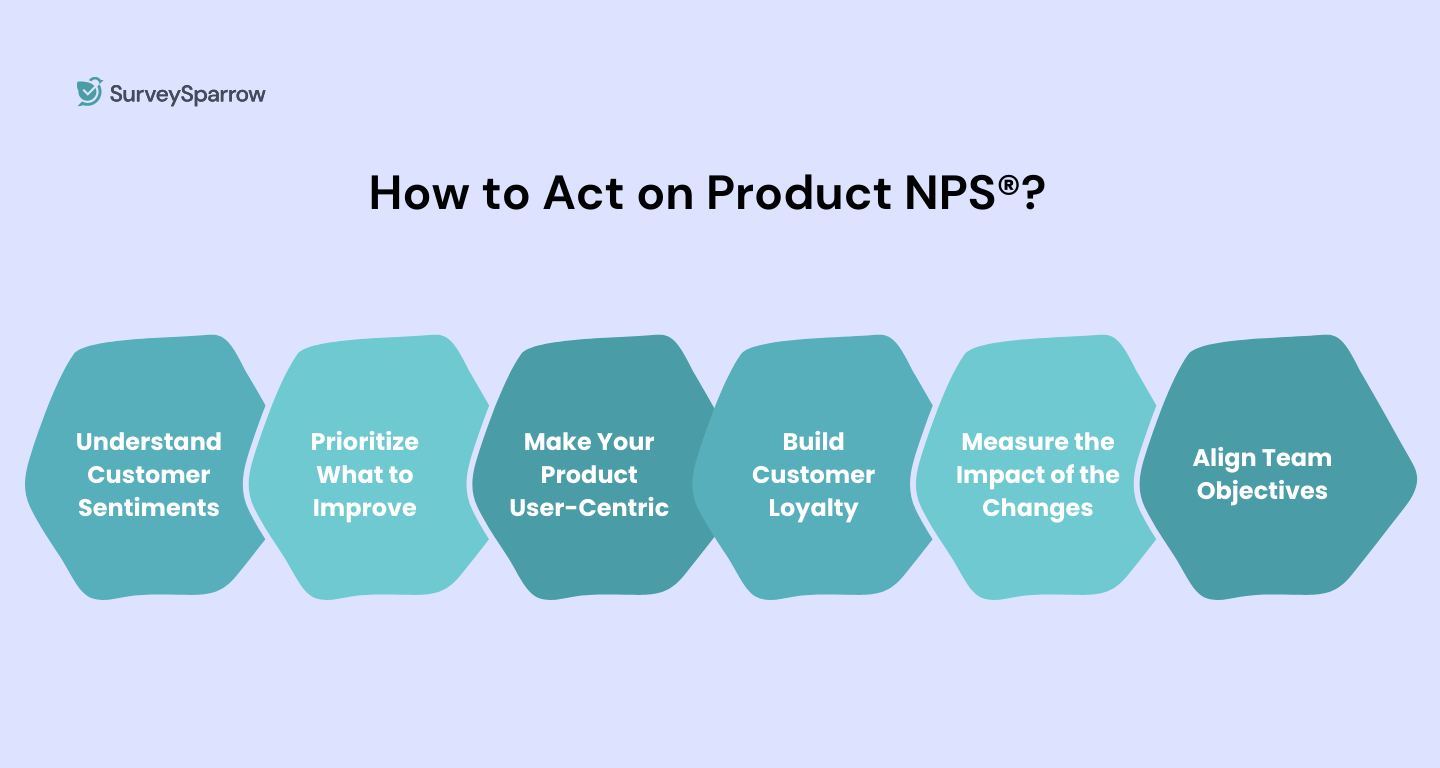
Approach 1 – Understand Your Users’ Sentiment
As a product manager, you will be keen on knowing how users actually feel about the product or a feature. NPS® score can clearly help you understand the sentiment toward the product, but more focused sentiments can be tricky.
Tricky, but not impossible, especially with a tool like SurveySparrow.
It’s one of the best NPS® tools and offers a much deeper analysis of any qualitative feedback you get from the survey. The tool will swiftly categorize the respondents into promoters, detractors, and passives. The emotions here are clear.
But if you want to get more nuanced insights, then SurveySparrow’s CogniVue can help you. It’s AI-powered and can do much deeper analysis, helping you acquire more concentrated feedback insights.

Use these insights to identify new opportunities and existing areas to improve.
Approach 2 – Prioritize What to Improve in Your Product
You should always give importance to detractor feedback. Their experience with your product has been poor, and therefore, their feedback point to things that needs immediate work.
Then, move on to passives. They are not fully satisfied, so there might be some small aspects that you missed or performed poorly. Maybe this could be the final push they need to become promoters.
Approach 3 – Make Your Product User-Centric
This is something we have already discussed earlier. Making changes based on user feedback would make your product more user-centric. The improvements can be anything from UI design changes to feature additions.
Your product being user-centric means users are getting what they want. Meaning heightened product experience.
Approach 4 – Build Customer Loyalty
Promoters are a key asset here. Connect and engage with them constantly. You can even use them to A/B test a new feature you are working on. The more involved your users become, the more invested they will be in your product.
They will feel valued and more connected to the product.
Closing the feedback loop with detractors is also crucial in fostering loyalty. If you are able to provide a quick resolution to the issues facing them, it shows how you value them and their feedback.
Approach 5 – Always Measure the Impact of the Changes You Made
You analyzed the NPS® score and acted on it to improve your product. But it doesn’t end there.
You have to understand whether the changes did the trick in improving the product NPS® or not. That’s why regular pNPS® surveys are required. Not only that, but this process also leads to a cycle of continuous product improvement.
The approach also makes sure that your product evolves with customer expectations.
Approach 6 – Leverage pNPS® to Align Team Objectives
Drive your organization as a whole towards a common goal of better customer loyalty and satisfaction.
Start by sharing the pNPS® score with all the teams (sales, marketing, customer support, etc.). With the same goal in mind, these team’s efforts will align to make sure that they are addressing customer needs.
How Do We Tailor Product NPS® Surveys?
Creating a product NPS® survey is easy as long as you have chosen the right NPS® software – SurveySparrow.
The tool offers a variety of NPS® survey templates, which you can customize to your needs. Not to mention the AI-powered survey creation that allows for tailored survey creation within seconds.
Once created, you can share the surveys through a range of channels, including WhatsApp and QR codes.
Start With a Welcome Page
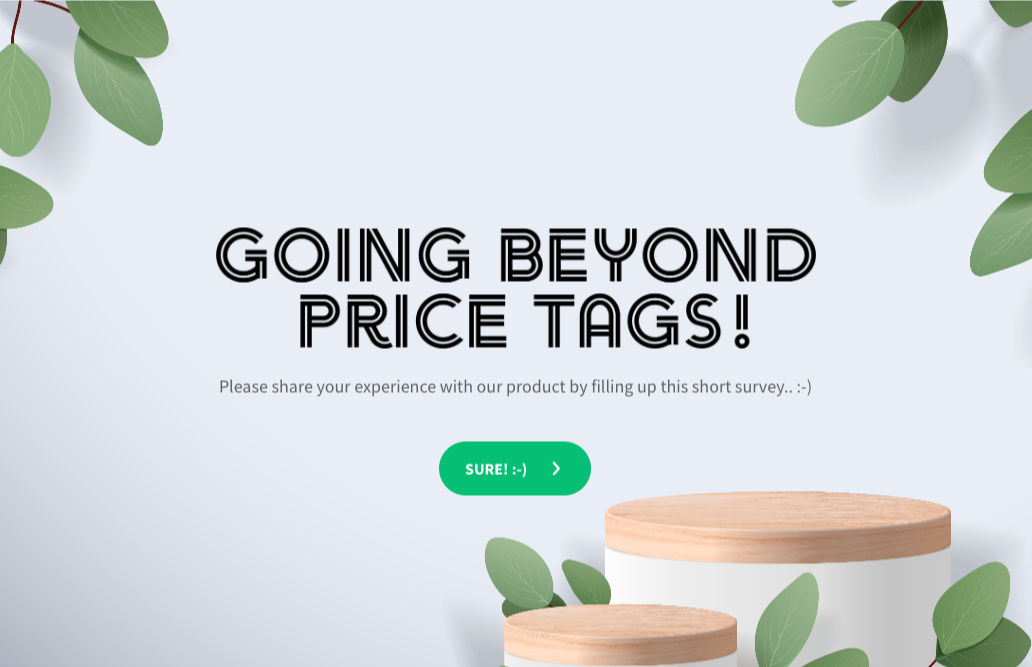
The welcome page should define the survey and what users should expect. If possible, try to make the page aesthetically pleasing.
Add a Demographic Question (Optional)
In most cases, the product NPS® survey directly jumps into the core with the question, “On a scale of 0-10, how likely are you to recommend our products to a family member or friend?“.
A suggestion would be to add demographic questions at the start. This could be helpful in segmenting your survey respondents during analysis.
If you already have CRM integrated into the system, then you can skip this.
Now, the NPS® Questions
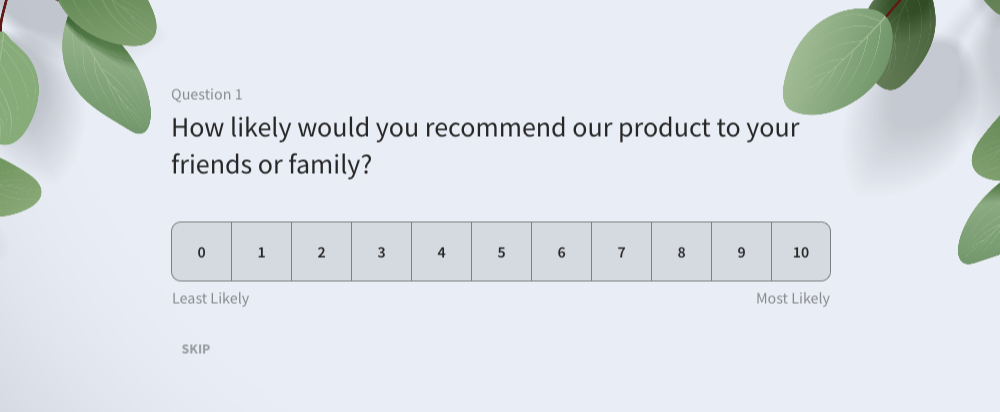
This is the main or core question that we mentioned in the previous section. The scale rating respondents add will be the primary way to measure the product NPS®® score.
Use Conditional and Skip Logic to Follow Up

Depending on the rating given by the customers, implement proper follow-up questions. Use open-ended questions for qualitative feedback. The questions can be like the following.
- For those who gave 9 or 10, ask – “Thank you for your feedback! Which aspect of our product did you like the most?“
- For others, ask – “Thank you for the feedback! What are the reasons for giving the score?“
The qualitative feedback will be further analyzed using CogniVue to understand customer concerns, sentiments, preferences, and more deeply.
Ask How (or Where) You Need to Improve
Empathize with those who gave a rating of 6 and below and request them to suggest how you can make the experience better. This is, in fact, a good approach to closing the feedback loop.
Plus point here is that the customer is directly pointing out an area in your offering that really needs improvement. Generally, these kinda insights are only available after deep analysis. So, in a way, they are saving your time and resources.
Get Consent to Follow Up
It’s a good practice to follow up on the improvements made with feedback insights. But it’s not necessary that all customers might feel the same way of receiving follow-ups. Therefore, adding a consent question at the end, requesting permission for follow-up, could be a great idea.
Following this kinda approach protrudes your business to be customer-centric and accentuates being an entity striving for better CX.
SurveySparrow for Product NPS® Surveys
Don’t go looking for another NPS® software when SurveySparrow is here.
Easy Survey Creation
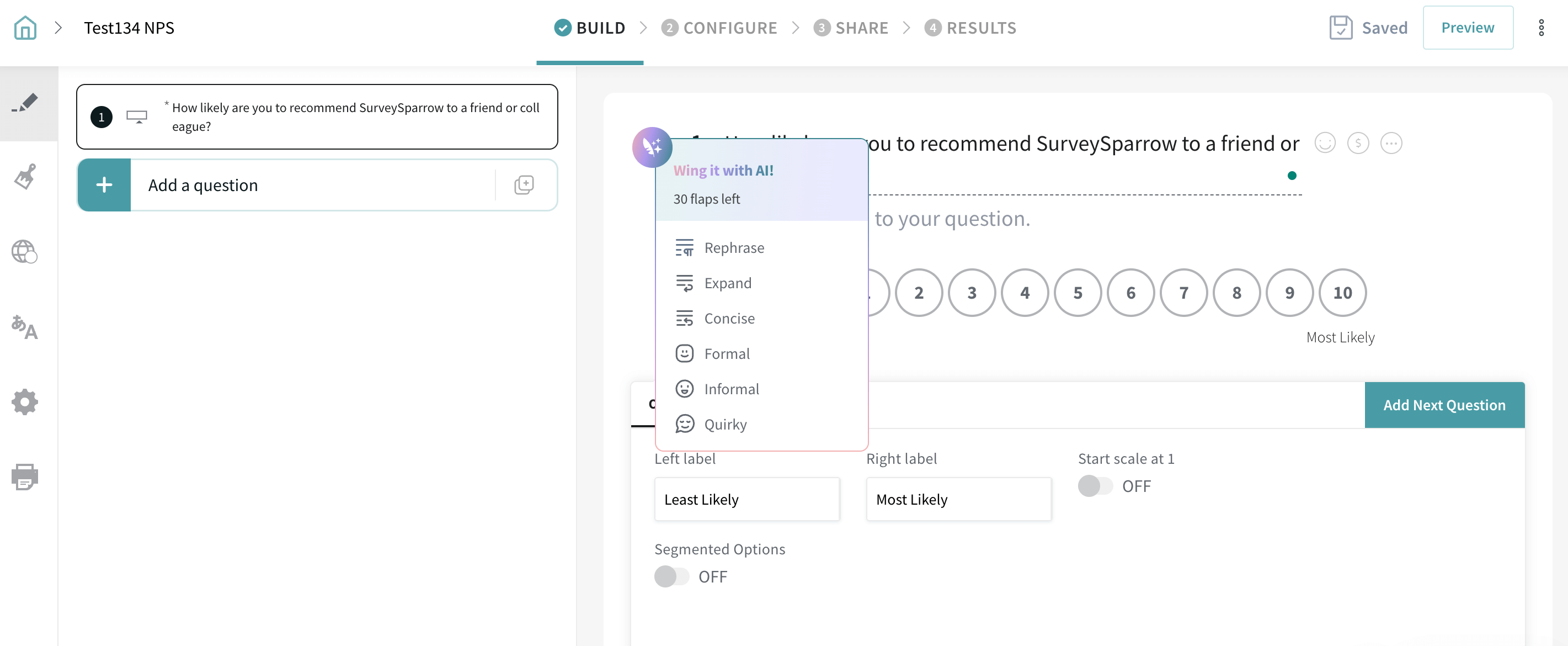
You can use a pre-built survey template for its vast template library to kickstart the surveys. Or, even better, use its AI feature to create one from scratch.
Share Product NPS® Surveys
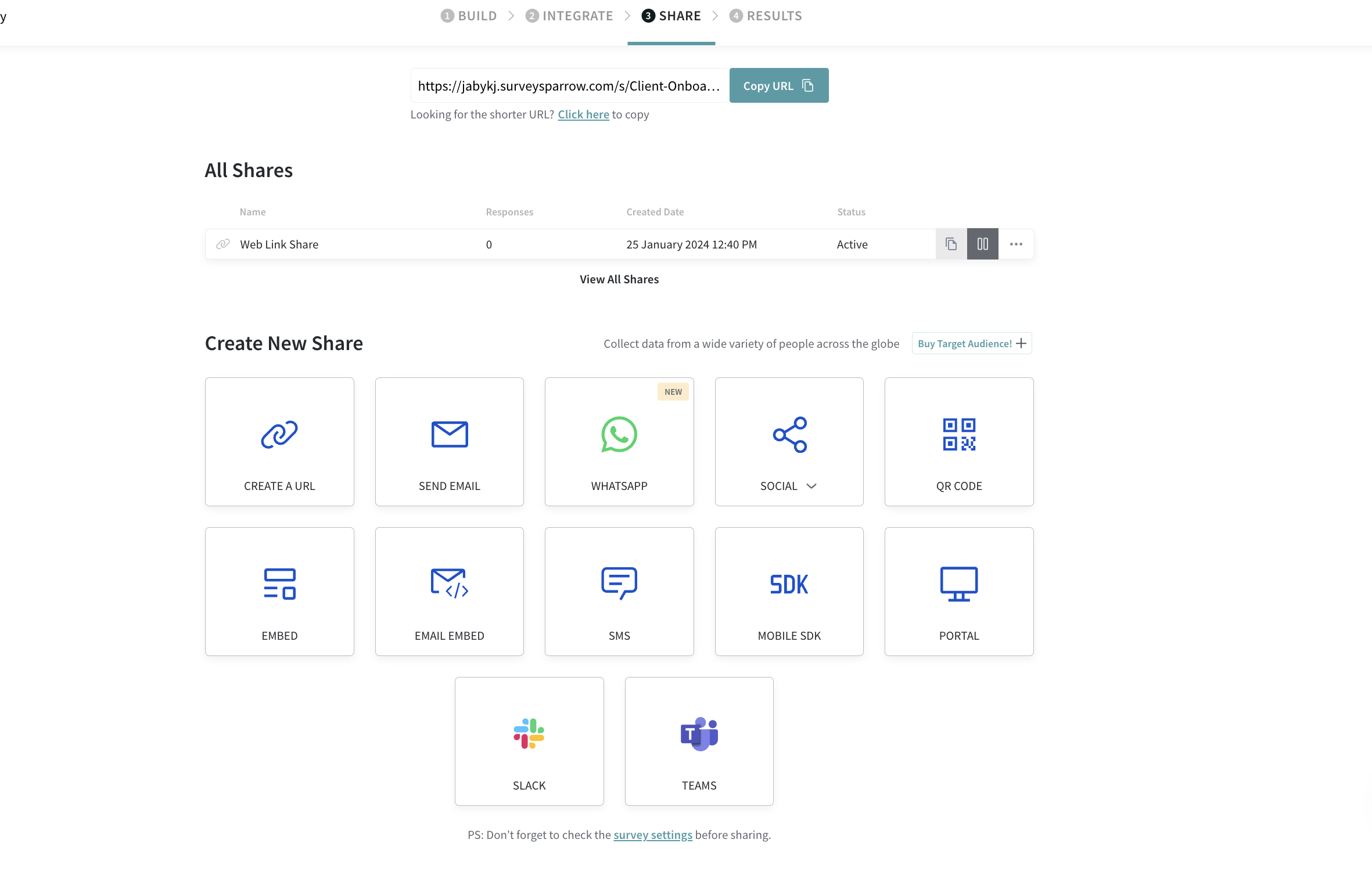
You can share the surveys where your customers are, be it in-app, on a website, or as WhatsApp messages. SaaS products usually require in-app or web (embedded) surveys.
pNPS® Score Analysis
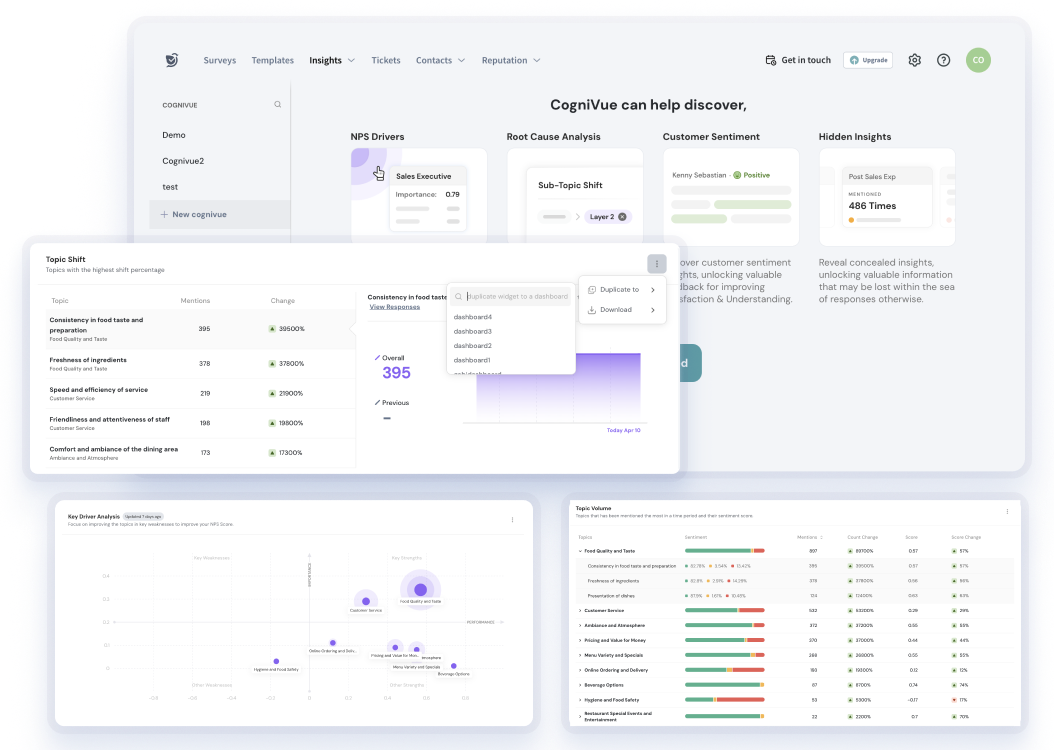
You can understand the NPS® sore and categorization of respondents. But any tool can do this. SurveySparrow goes the extra mile, offering you widgets to segment the feedback based on the category you like.
Moreover, its text analysis is one of the best in the market and can help you understand (but are not limited to) –
- The overall sentiment score
- The customer sentiment behind every feedback
- The key drivers of your business
- The most discussed topics in the feedback
- The most repeated keywords throughout the feedback
Such insights can further help you better understand your users and thereby improve your product for the better.
There’s a free forever plan and a 14-day free trial you can use to check out the tool’s intuitiveness and efficiency.

Calculate Product NPS® with the Best NPS® Software
A personalized walkthrough by our experts. No strings attached!

Get up to 40% more NPS responses and finally understand what drives loyalty.
Kate Williams
Related Articles

NPS
Why Apple’s NPS Score Remains Among the Highest in Tech
6 MINUTES
22 September 2022
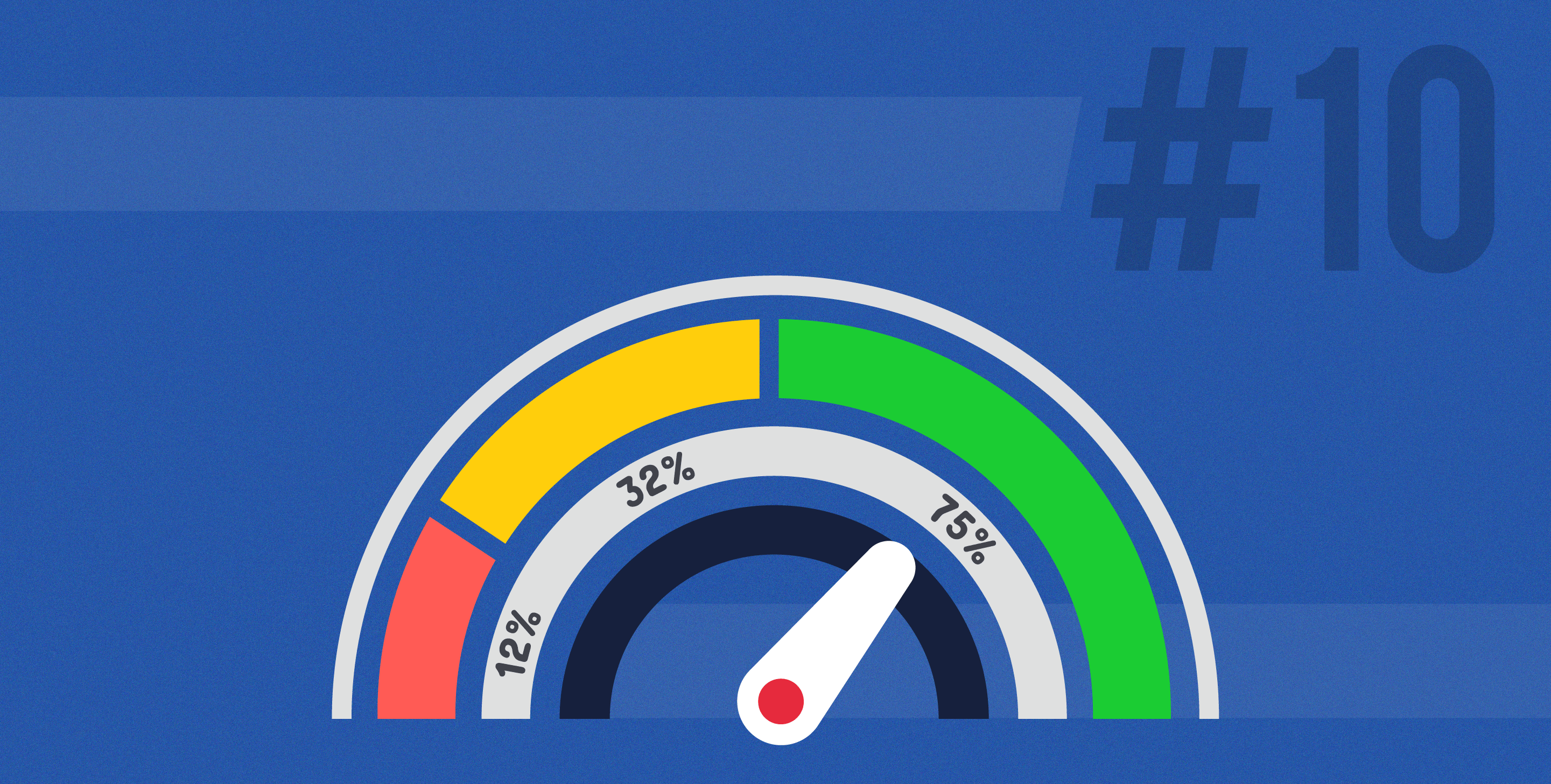
NPS
11 NPS Best Practices to Follow in 2025
17 MINUTES
24 January 2020

NPS
The 2020 Beginner's Guide for Net Promoter Score Calculation
13 MINUTES
18 November 2019

NPS
NPS Detractors: How to Convert Them Into Promoters
16 MINUTES
22 March 2023

